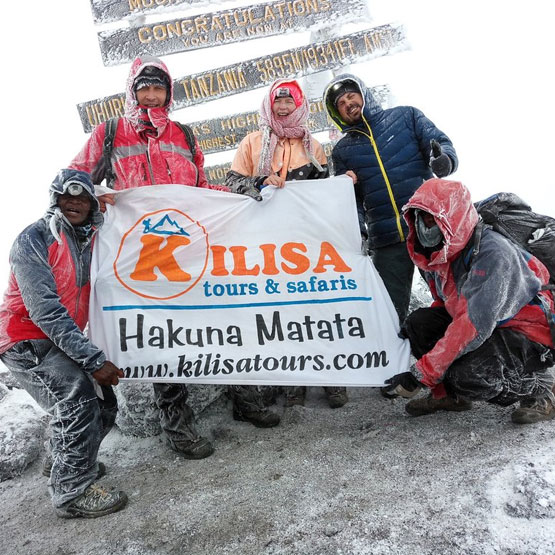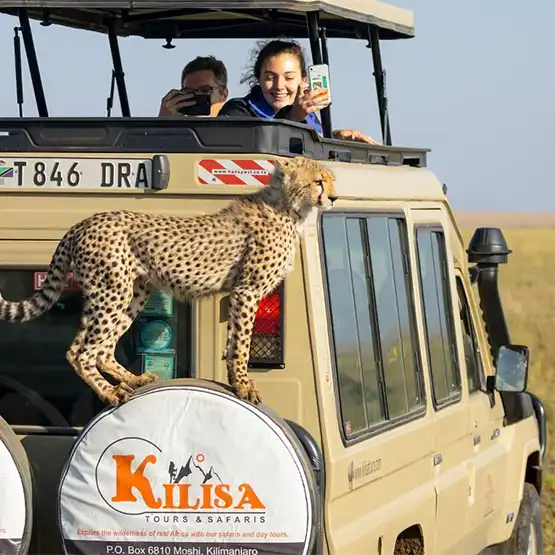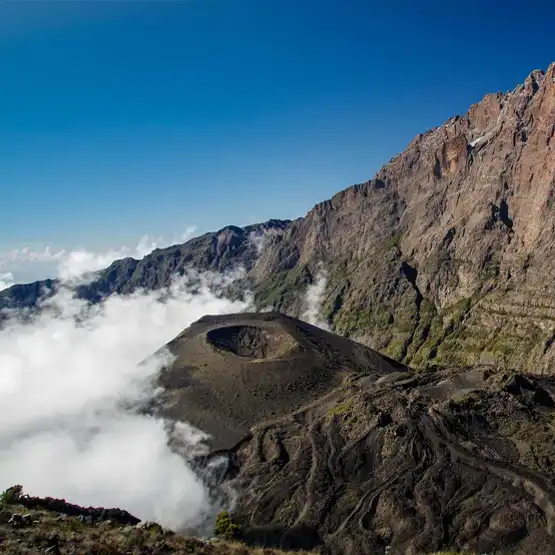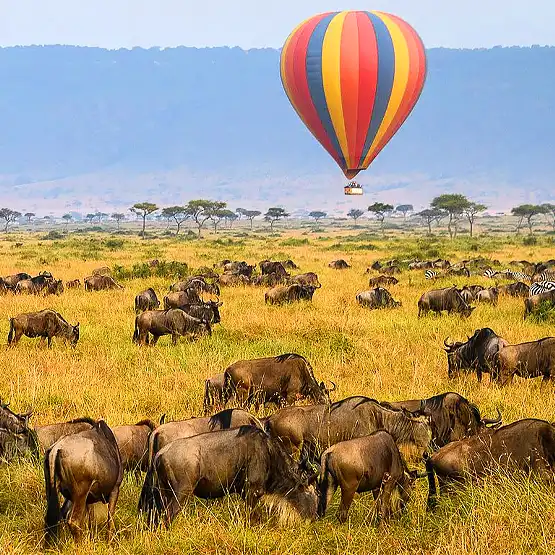Tanzania Wildlife Conservation 2025
Tanzania is home to some of the world’s most spectacular wildlife, from the iconic elephants of the Serengeti to the endangered rhinos of the Ngorongoro Crater. As the country faces increasing challenges in wildlife protection, new conservation efforts are helping ensure that its natural heritage not only survives but thrives. In this article, we’ll explore how Tanzania’s wildlife is benefitting from these new efforts and what they mean for the future of the country’s ecosystems.
The State of Wildlife Conservation in Tanzania
Tanzania has long been a global leader in wildlife conservation, boasting an incredible variety of species and ecosystems. However, like many countries, it faces significant challenges in protecting its wildlife. Over the past few years, conservationists and the government have ramped up their efforts to protect endangered species and prevent the destruction of critical habitats. These new strategies are showing promising results, and wildlife in Tanzania is starting to rebound.
Tanzania’s Rich Biodiversity
Tanzania is blessed with an extraordinary range of biodiversity, which includes not only the famous “Big Five” (lions, leopards, elephants, rhinos, and buffalo) but also hundreds of other species of birds, mammals, reptiles, and plants. Some of the most notable ecosystems in Tanzania include:
-
Serengeti National Park: Known for the Great Migration, this vast grassland is home to a remarkable array of wildlife, including wildebeest, zebras, cheetahs, and giraffes.
-
Ngorongoro Crater: A UNESCO World Heritage site, the Crater is one of the most biodiverse places on Earth, home to both black and white rhinos and many other species.
-
Selous Game Reserve: One of the largest wildlife reserves in Africa, Selous offers a sanctuary for elephants, lions, and rare species like the African wild dog.
Tanzania’s rich biodiversity is critical not only to the health of the ecosystems but also to the livelihoods of the millions of people who rely on the country’s natural resources for tourism and sustenance.
The Growing Threats to Tanzania’s Wildlife
Despite Tanzania’s efforts in wildlife protection, several threats continue to endanger its wildlife populations:
-
Poaching and Illegal Wildlife Trade: Poaching remains one of the most significant challenges, driven by the demand for ivory, rhino horns, and exotic animal skins. The illegal wildlife trade is a multi-billion-dollar industry that threatens many species in Tanzania.
-
Habitat Destruction and Land Encroachment: As Tanzania’s population grows, pressure on land for agriculture, infrastructure, and human settlements is increasing, leading to habitat destruction and fragmentation. This encroachment threatens wildlife corridors and reduces the available space for animals to roam.
-
Climate Change: Changing weather patterns and prolonged droughts are affecting wildlife habitats and water sources, putting additional stress on ecosystems that are already under pressure.
New Conservation Strategies in Tanzania
In response to these growing challenges, Tanzania has implemented a number of innovative conservation strategies to protect its wildlife:
Advanced Anti-Poaching Technologies
Tanzania is increasingly using cutting-edge technologies to combat poaching. From drones and satellite imaging to high-tech surveillance systems, these tools help track wildlife, monitor poaching activities, and enforce anti-poaching laws. Drones, in particular, are being used to monitor vast areas like the Serengeti, providing real-time data on wildlife movements and illegal activities.
Improved Wildlife Protection Laws and Enforcement
The Tanzanian government has introduced stronger wildlife protection laws and increased penalties for poaching and habitat destruction. These laws are supported by more robust enforcement, including well-trained rangers and the use of technology to detect illegal activity.
Collaboration with International Organizations
Tanzania works closely with international conservation organizations, such as the World Wildlife Fund (WWF) and the African Wildlife Foundation (AWF), to share knowledge, resources, and strategies for wildlife protection. This collaboration is key to the success of conservation programs, especially in the fight against poaching and the illegal wildlife trade.
Community-Based Conservation Initiatives
Tanzania has also shifted towards a community-based approach to conservation, recognizing that local communities are essential partners in wildlife protection. This approach includes:
-
Involving Local Communities in Wildlife Protection: Many community-based conservation programs have been established to give local people a stake in protecting their natural environment. These programs offer training, employment, and direct involvement in conservation efforts, ensuring that communities benefit from tourism and sustainable practices.
-
Sustainable Tourism: Eco-tourism has become a key tool for conservation. By promoting sustainable tourism, Tanzania not only generates income but also encourages visitors to participate in wildlife protection efforts. Tourists are increasingly being encouraged to support eco-friendly businesses and visit less-visited areas, helping to distribute the economic benefits of tourism more evenly.
Case Studies of Successful Community Programs
Programs such as the “Wildlife Management Areas” (WMAs) have helped local communities manage their natural resources. In these areas, communities collaborate with the government to conserve wildlife while also benefiting from the economic gains of eco-tourism. One example is the partnership between the Maasai people and conservationists in the southern Serengeti, where the Maasai Mara’s wildlife corridor is being preserved through sustainable land management practices.
The Role of National Parks and Game Reserves
National parks and game reserves play a crucial role in protecting Tanzania’s wildlife. The government has focused on improving the management and protection of these areas by strengthening wildlife corridors, increasing patrols, and enhancing surveillance.
-
The Serengeti and Ngorongoro Crater: These iconic sites continue to benefit from increased conservation efforts, such as anti-poaching operations and better wildlife management practices.
-
Expanding Conservation to Lesser-Known Reserves: Conservationists are also focusing on lesser-known areas, such as Ruinsori and Mahale Mountains National Parks, to ensure that wildlife populations are protected in areas outside of the main tourist routes.
Innovative Conservation Projects and Partnerships
Tanzania has embraced innovative approaches to wildlife conservation, including:
-
Drones and Satellite Technology: These tools are providing real-time monitoring of wildlife populations, tracking poachers, and mapping habitats for better management.
-
Transboundary Conservation Efforts: Tanzania is working with neighboring countries like Kenya, Zambia, and Mozambique to create transboundary conservation areas that protect wildlife populations across borders, ensuring that animals have access to larger habitats and migration routes.
The Impact of Conservation on Tanzania’s Economy
Conservation efforts have a significant impact on Tanzania’s economy. Eco-tourism has become one of the country’s largest sources of revenue, contributing millions of dollars to the national economy. Conservation efforts also create jobs in the tourism and hospitality sectors, providing livelihoods for thousands of Tanzanians.
How Tourists Can Support Tanzania’s Conservation Efforts
Tourists can play a vital role in supporting Tanzania’s wildlife conservation efforts. By choosing eco-friendly safari operators, staying in sustainable accommodations, and supporting local communities, visitors help fund conservation projects and promote responsible tourism.
The Future of Tanzania’s Wildlife Conservation
Looking ahead, Tanzania’s wildlife conservation efforts show great promise. However, there are still challenges ahead, such as the need for continued funding, political support, and combating climate change. By scaling up current efforts and fostering new partnerships, Tanzania hopes to secure a bright future for its wildlife.
Thanks to new and innovative conservation efforts, Tanzania’s wildlife is thriving despite the many challenges it faces. With the continued support of local communities, international organizations, and eco-tourism operators, the future of Tanzania’s wildlife looks promising. By working together, we can help ensure that this incredible country’s natural heritage is preserved for future generations.
FAQs
-
What is the main threat to wildlife in Tanzania?
- Poaching, habitat destruction, and climate change are the primary threats to wildlife in Tanzania.
-
How can tourists support wildlife conservation in Tanzania?
- Tourists can support conservation by choosing eco-friendly tours, staying at sustainable accommodations, and respecting local cultures and wildlife.
-
What is being done to prevent poaching in Tanzania?
- Tanzania is using advanced technologies like drones and satellite tracking, increasing patrols, and enforcing stricter wildlife protection laws.
-
How do local communities benefit from conservation efforts?
- Local communities benefit from eco-tourism, employment opportunities, and involvement in wildlife protection initiatives.
-
Which national parks in Tanzania are most involved in conservation?
- The Serengeti, Ngorongoro Crater, and Selous Game Reserve are among the most important for wildlife conservation.
Discover Tanzania’s Hidden Gems:
Plan your adventure today!





